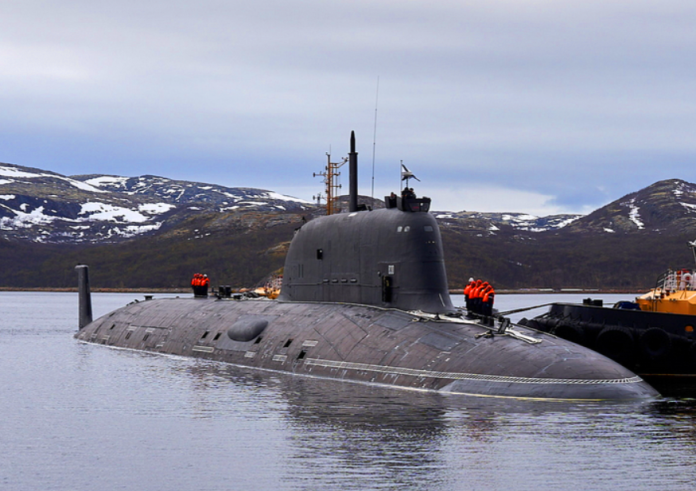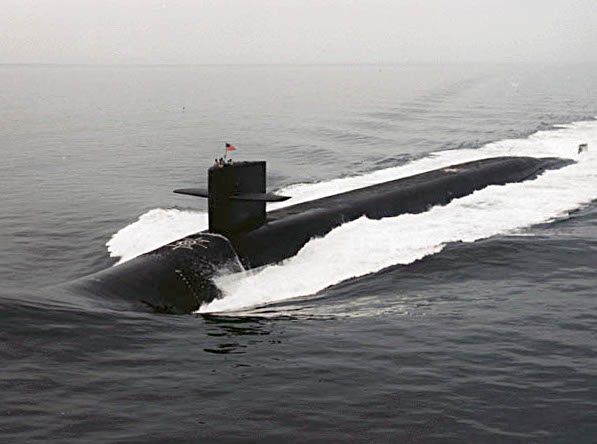
In a mishap that goes a long way to demonstrate the risks of under-surface operation, two United States Navy submarines, USS Kentucky (SSBN-737) and USS San Juan (SSN-751), collided while on a covert training mission off the Long Island coast. The mishap, which took place at about 9:30 a.m. on March 19, 1998, did not cause any injury but slight damage, yet it has been generating heated debate within naval circles and has prompted a formal investigation.
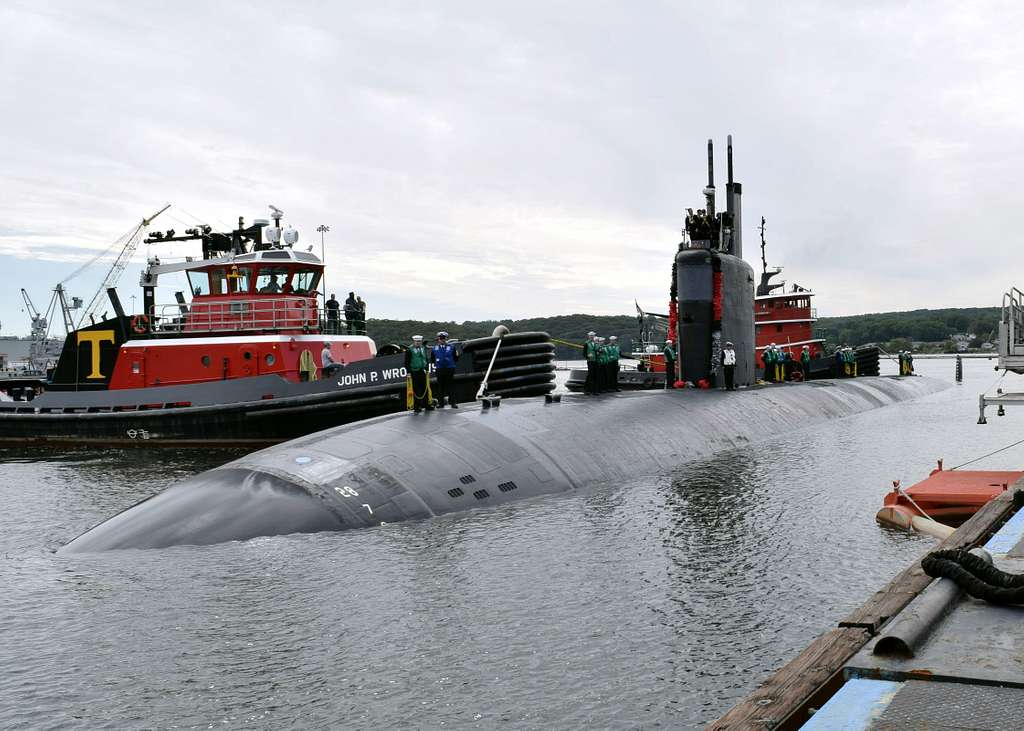
The San Juan, a Los Angeles-class fast-attack submarine, and the Kentucky, a ballistic missile submarine, were both out practicing maneuvers some 125 miles off the coast. Both carried approximately 130 sailors and were both able to power back to Groton under their own steam for inspection. The crash was “a very, very rare occurrence,” Navy spokesman Lt. John Wallach said, emphasizing how infrequent such an incident is in the course of submarine operations.
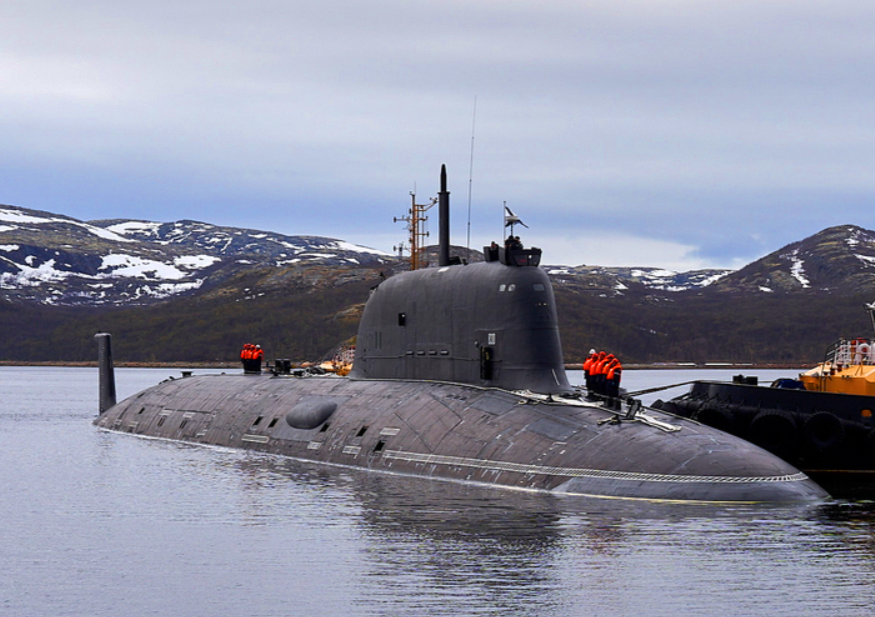
Even though initial assessments confirmed no harm to the nuclear systems or weapons on board, the Navy has committed to a full investigation to determine how two cutting-edge ships were brought together within a test environment. The fact that no toxic substance was released and no weapons system was harmed was a mercy, but the occurrence is a reminder of the sophistication and inbuilt peril of life under the sea.
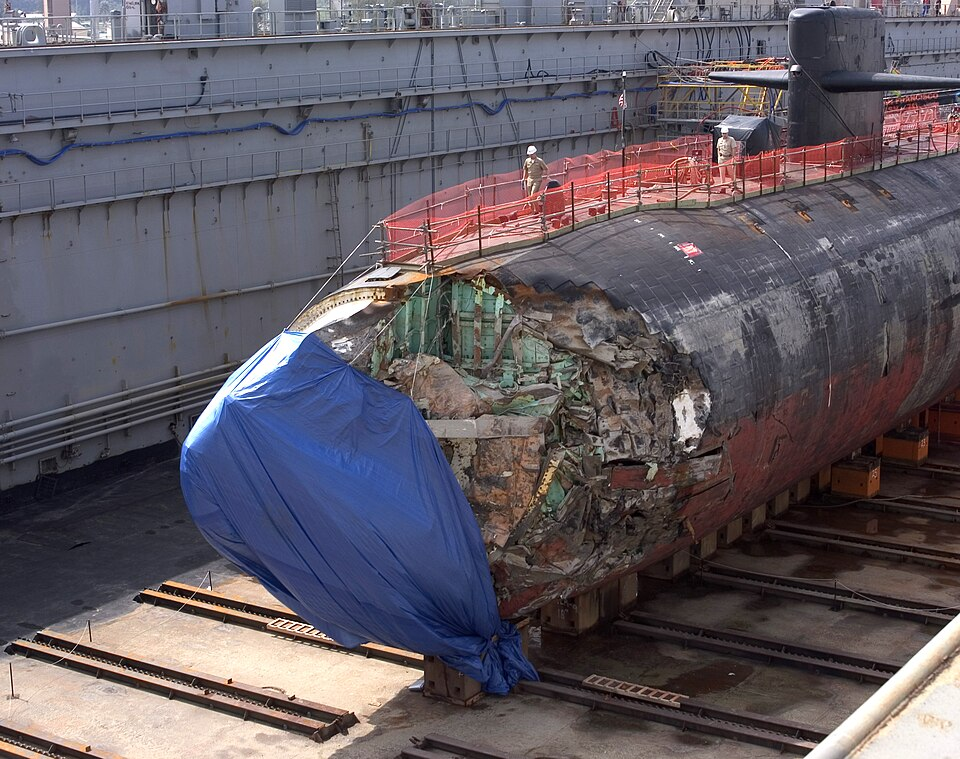
1. The Rarity of Submarine Collisions
Submarine collisions are very rare, particularly in the U.S. Navy with its stern policies, advanced sonar, and strict navigation protocols. Submarines often travel in silence and at dissimilar depths, making detection by both ships harder than it would appear on paper. Unlike surface ships, they have no privilege of visual contact sonar, arithmetic, and careful coordination alone keep them from unintended encounters. That this did occur in the context of a simulated exercise only underscores the wafer-thin margins on which these ships operate.
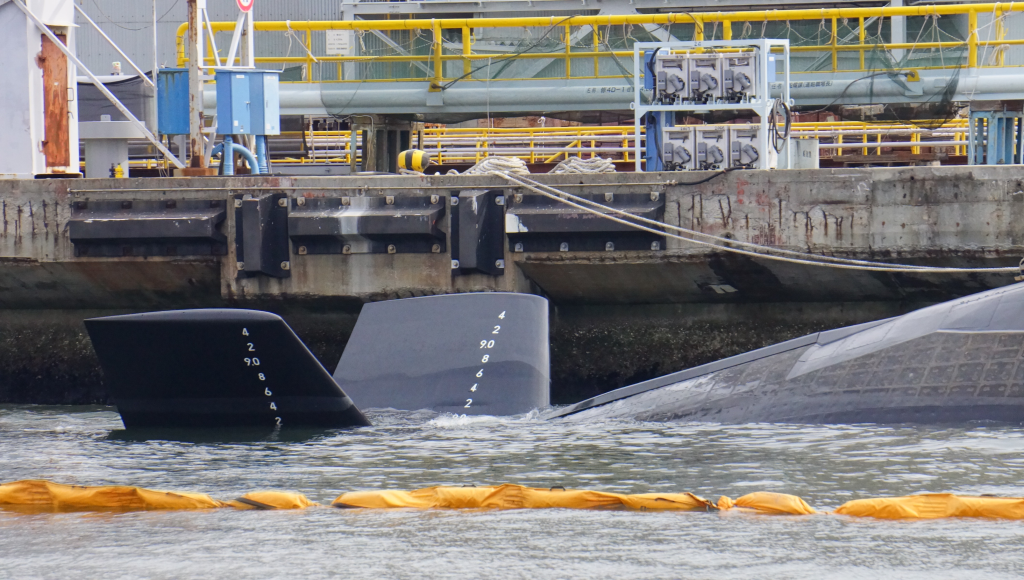
2. Training Exercises: High Stakes Below the Surface
The collision occurred during a secret practice exercise designed to simulate wartime conditions. These drills are critical to readiness but require submarines to move in close quarters, often following or tailing one another to test tracking and evading maneuvers. In a high-stakes situation such as this, even a minimal error of sonar readings or delay in communication can lead to a brush indeed, as in this case, a head-on collision. This delicate balance between realism and security is one which naval strategists must grapple with on a daily basis.
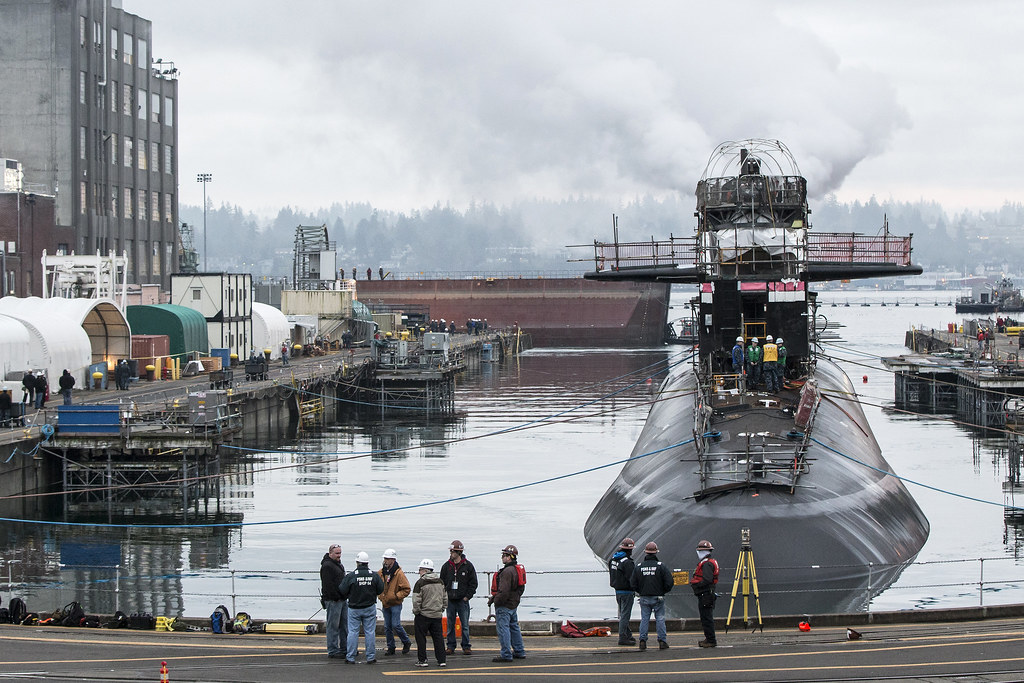
3. Immediate Responses Following Impact
When two nuclear vessels collide, every second counts. The Navy personnel undergo rigorous training for such emergencies, and both the USS Kentucky and USS San Juan performed their emergency drill perfectly: compartmentalizing, estimating damage in a snap, and coming up under control. They notified command authorities and steamed back to the port on their own accord something which testified to the solidity of their construction as well as the professionalism of men.
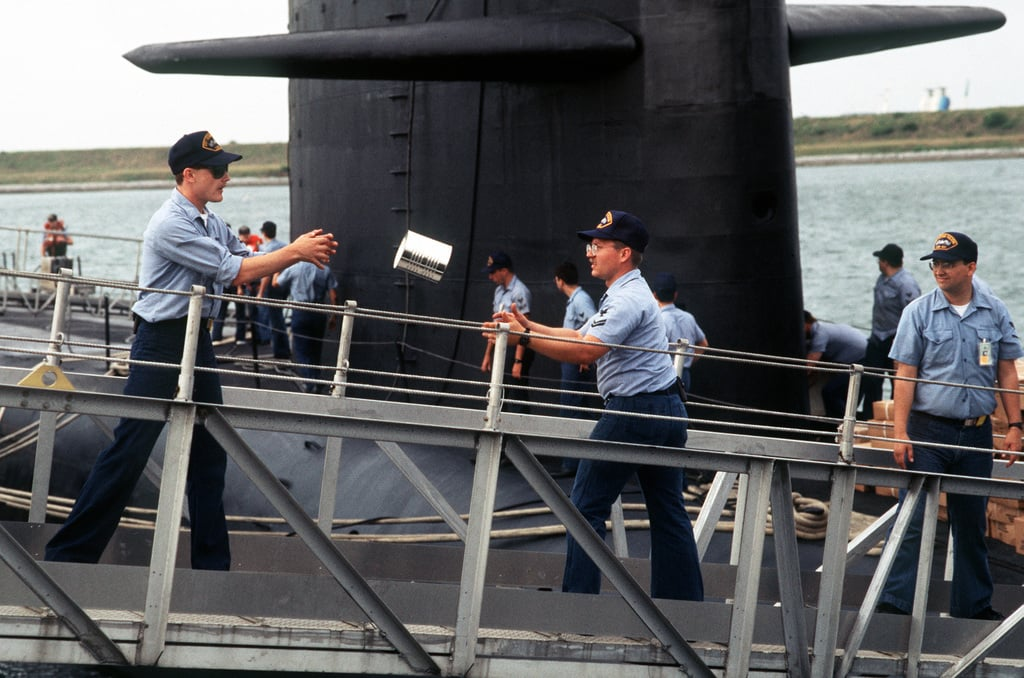
4. Human Factors Below the Waves
Submariners live in one of the most demanding environments on earth: weeks of solitude, high-pressure decision-making, and virtual separation from the rest of humanity. A collision, even a glancing one with minimal damage, can shake confidence and heighten stress levels aboard. Following it, psychological debriefing and crew counseling are a standard part of recovery efforts to keep sailors sharp, relaxed, and prepared for their next deployments.
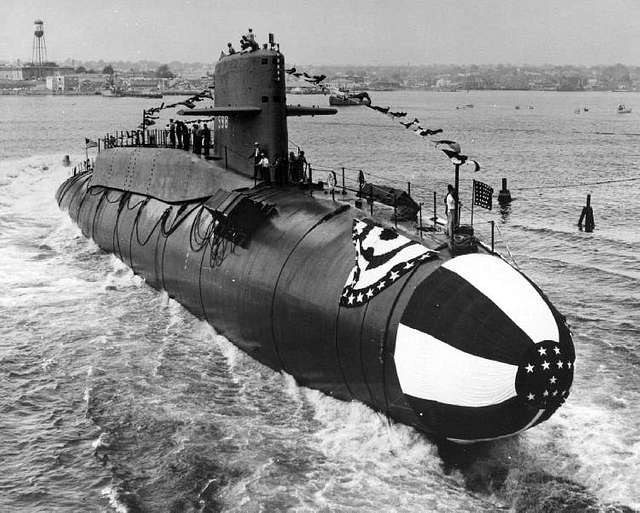
5. Worldwide Vigilance over Strategic Assets
Ballistic missile subs like the Kentucky are among the most securely protected of the American strategic assets. Even a minor incident involving one of these subs generates interest among foreign spy organizations. Rivals and allies both observe these incidents in an effort to try to learn something about U.S. patrol routes, operational methods, and response systems. While the Navy released little information, its confirmation that there were no affected weapons ensures that it remains confident in its security procedures.
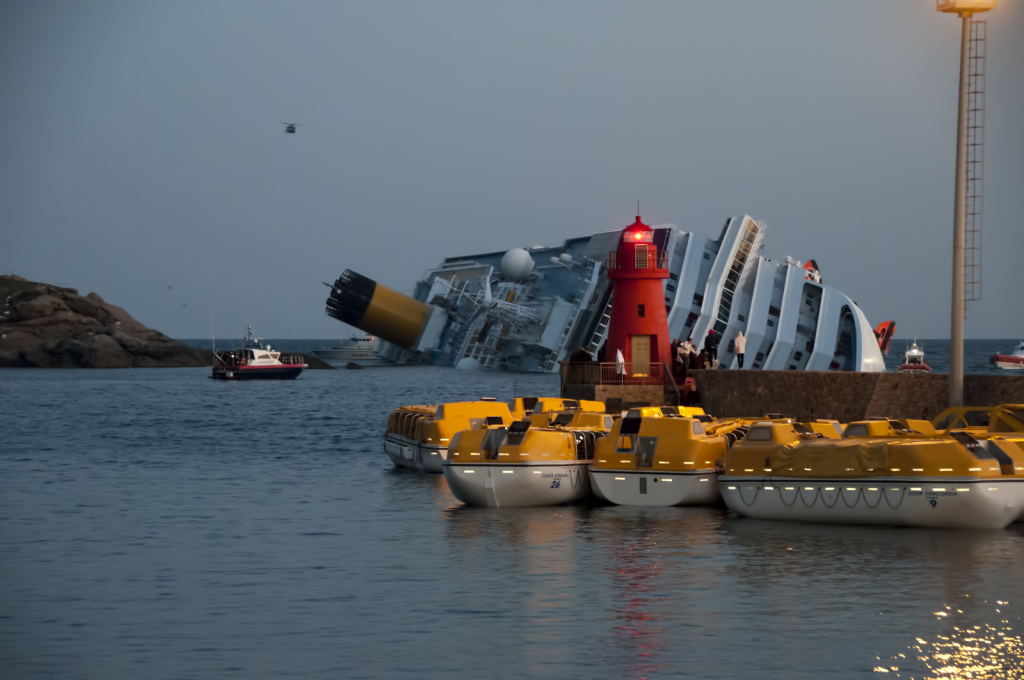
6. Lessons Learned from History
It was not the earliest submarine collision in naval history, nor will it be the last. In the Cold War era, there were several near-misses and collisions between Soviet and U.S. submarines shadowing one another in contested waters. Each episode has elicited improvements in sonar sensitivity, navigation software, and inter-fleet communications. To the list, the 1998 collision can now be added as a lesson to be learned from by future safety protocols.
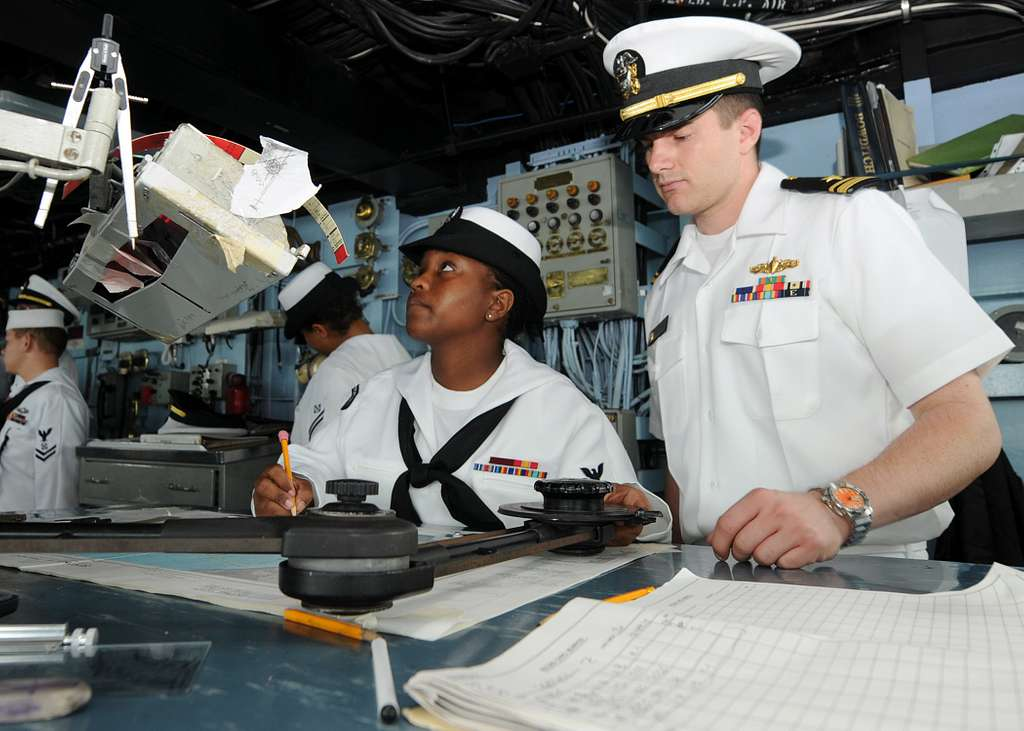
7. Plotting the Course Forward
These accidents have a way of becoming catalyst events for technical and procedural reforms. Investigations typically examine sonar calibration, training protocols, and exercise plan designs in an effort to identify weaknesses. Through new collision-avoidance technology or revised training doctrines, the Navy utilizes such accidents not to assign fault but to strengthen the resilience and security of its submarine force for years to come.
